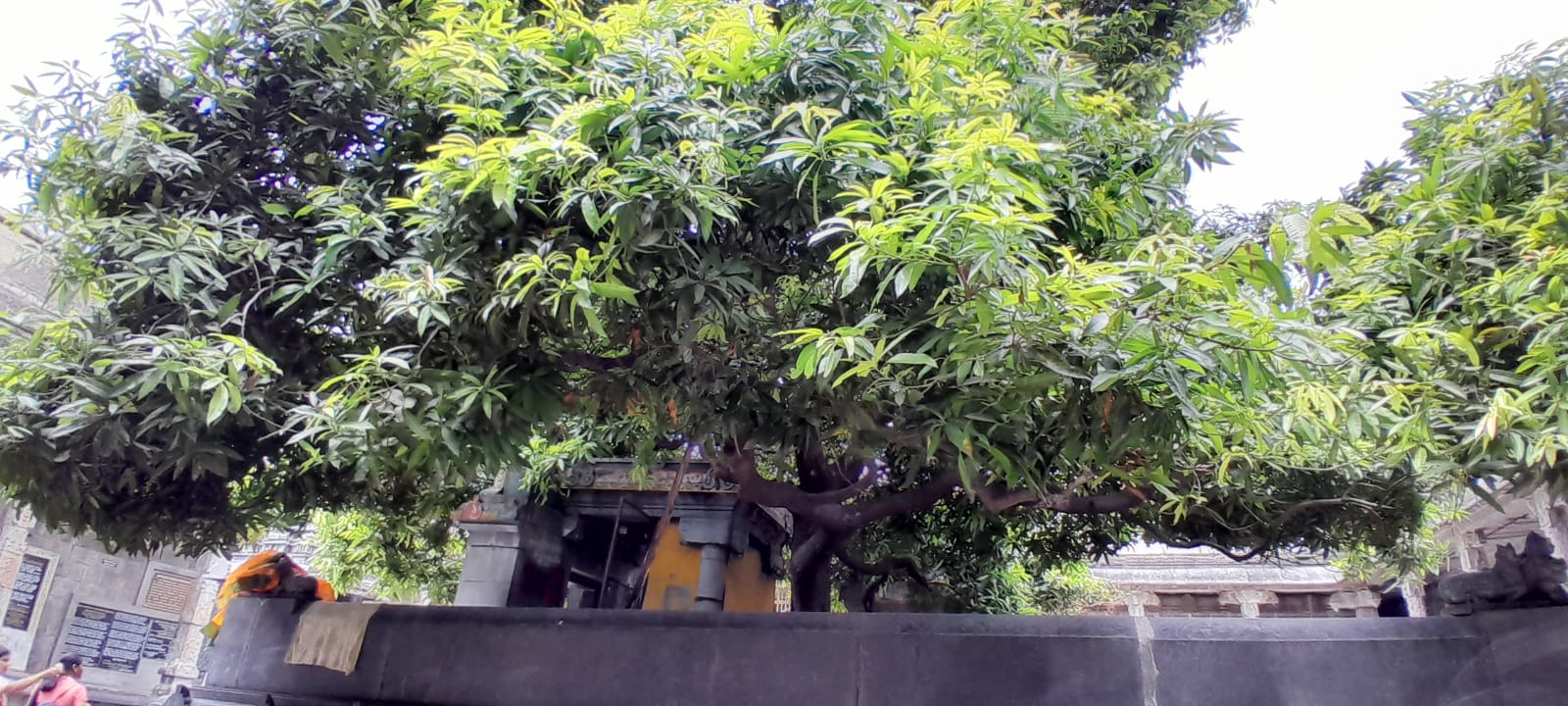India is a land of rich cultural heritage and spirituality, where ancient temples stand as testimonies to centuries of tradition and devotion. One such remarkable place of worship is the Ekambareswarar Temple, a sacred site dedicated to Lord Shiva. With a history that stretches back over 3,500 years, this temple is not only a place of religious significance but also a hub of cultural and historical importance.
In this blog, we'll delve into the fascinating history and unique aspects of the Ekambareswarar Temple, including the mystical mango tree known as Asta Vriksham, which is central to the temple's mythology and draws pilgrims from far and wide.
The Ekambareswarar Temple: A Timeless Abode
The Ekambareswarar Temple, located in the vibrant city of Kanchipuram in the South Indian state of Tamil Nadu, is believed to be one of the oldest temples in India. Its historical roots reach deep into the past, connecting the present with a tradition that has stood the test of time. As one enters its hallowed precincts, the feeling of history, spirituality, and tranquility is palpable.
The Asta Vriksham: A Symbol of Divine Connection
One of the most captivating features of the Ekambareswarar Temple is the sacred mango tree, known as Asta Vriksham. This ancient tree is as old as the temple itself, and it has become a symbol of devotion and divine blessings. The tree stands as a testament to the legends that have been passed down through generations.
Legend of Asta Vriksham
According to Hindu mythology, it is believed that Parvati, the beloved consort of Lord Shiva, performed intense penance and prayed fervently under this mango tree. Her unwavering devotion touched the heart of Lord Shiva, who, in response to her prayers, manifested himself in the form of a lingam at the very spot where she had prayed. This sacred spot, now known as the Ekambareswarar Temple, continues to be a place of reverence and worship.
The Divine Mangoes of Asta Vriksham
The Asta Vriksham mango tree is not just any ordinary tree. It is renowned for its unique ability to produce four different varieties of mangoes on its branches, symbolizing the four Vedas, the sacred texts of Hinduism. The presence of these distinct mango varieties is considered a divine blessing and a testament to the extraordinary spiritual energy that envelops this temple.
Pilgrims' Wishes and the Sacred Threads
Pilgrims who visit the Ekambareswarar Temple come with deep faith and devotion. Many of them bring threads of various colors, which they tie around the branches of the Asta Vriksham. This act of tying threads symbolizes a physical connection between their desires and the tree's spiritual significance. It is believed that the tree, imbued with divine energy, has the power to grant the wishes of those who seek its blessings.

The Ekambareswarar Temple in Kanchipuram is not just a place of worship; it's a testament to the enduring faith and cultural heritage of India. Its ancient mango tree, towering gopuram, and sacred sanctum leave an indelible mark on the hearts of all who visit. Whether you're a spiritual seeker, a history enthusiast, or simply a traveler in search of profound experiences, the Ekambareswarar Temple invites you to explore its mystical charm and timeless beauty.



Comments
Post a Comment